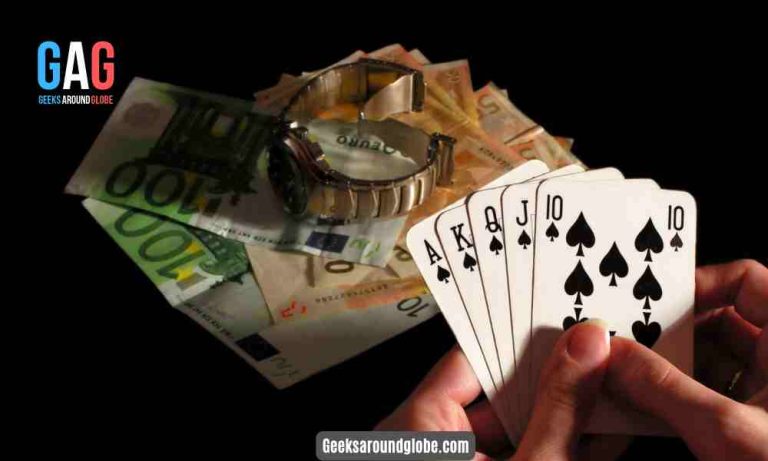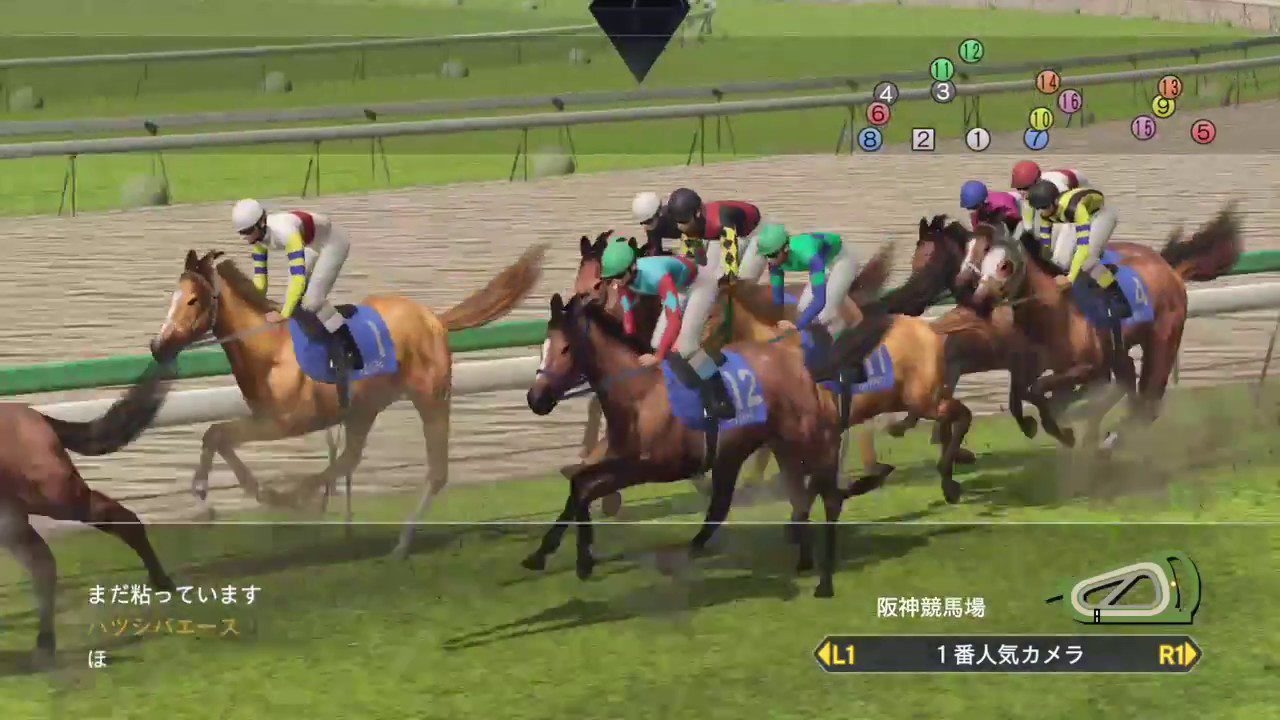In the dynamic landscape of the games industry, certain trends are emerging as pioneers, attracting the attention of developers and gamers alike. In the year 2024, two prominent genres, namely casual games and hyper-casual games, are poised to dominate the gaming industry. These genres have become a key element of modern gaming culture due to their simple game mechanics and wide appeal.
These genres are united by their reliance on a casual art style that brings their virtual worlds to life. With its simplified graphics, vibrant color palette, and unique design, casual game art will be the defining aesthetic trend in 2024. As a result, demand for 2D art services in casual style for games will continue to grow.
In this article, you will learn what differentiates casual art from other styles and why it will remain a trend in 2024. Let’s roll!
Defining Casual Game Art: A Harmonious Blend of Simplicity and Intent
Imagine this: You’re drinking your morning coffee, and your mobile phone beckons – a gateway to the world of gaming. When you launch a casual game, its art style greets you like an old friend, simple but inviting.
So, as you might have guessed, casual art usually refers to the art style used in casual or mobile games, which are often simpler in design and intended for a wider audience, compared to more sophisticated or hardcore gaming experiences with realistic sprinkles.
Distinct Features of Casual Art in Games
How do you know that there’s a casual art style in front of you? Here are six factors to help you pinpoint casual art among the myriad of game art styles out there:
- Simplified graphics: Casual game art features simplified and stylized visuals. This means that characters, environments, and objects are usually depicted in a cartoonish or exaggerated way rather than trying to be realistic, like a small body with an oversized head.
- Bright and colorful palette: Casual games typically use bright and vibrant colors to create a visually appealing environment. These colors help to attract the player’s attention and create a cheerful and inviting atmosphere.
- Whimsical and fun elements: Casual style often incorporates whimsical and fun elements to create a sense of fun and lightness. This can include quirky characters, cute animations, and imaginative environments.
- 2D graphics: While not limited to 2D graphics, many casual games use this style because of its simplicity and accessibility. 2D graphics are easier to create and modify, making them suitable for smaller development teams and shorter development cycles often associated with casual games.
- Minimalist User Interface (UI): UIs for casual games are typically minimalist and unobtrusive, with simple icons and intuitive layouts. This helps focus on the gaming experience without overloading the player with too much information, causing confusion.
- Iconic visuals: Casual games often rely on iconic visual elements that are easy to recognize and remember. This helps reinforce the brand identity of the game and makes it stand out in a crowded market.
The Benefits of Using a Casual Art Style for Your Games: Aesthetics-Wrapped Efficiency
Accessibility: A Bridge to Inclusivity
Casual game art is designed to be accessible to players of all ages and skill levels. This means the visuals are simple and easy to understand, helping players to quickly grasp the game mechanics without feeling overwhelmed.
Rapid Development: The Art of Efficiency
Imagine yourself as a developer facing a tight deadline, spurred on by caffeine. Choosing casual art here is like Fast & Furious; it offers simplicity and rapidity. With fewer polygons to deal with, developers have less hassle. Clients are satisfied – time saved is money earned.
Cost-Effectiveness: Exercising Prudence
Casual-game art continues to be a prudent choice, given budget constraints. Playing the role of a frugal ally adept at securing discounts, its minimalist approach translates to leaner expenditure. Clients express satisfaction in having found a studio that is in line with their budget objectives. Whether it’s a match-3 game or a virtual pet simulator, casual art keeps the ledger balanced.
Case Studies and Success Stories
Look behind the curtain of random and hyper-random games – the ones you play while waiting for your coffee to brew on the metro. Stack, Helix Jump, Candy Crush, Candy Cruise, and Jungle Jam are the masters of this style. Simple, addictive, and as easy as road signs. Their success? Like catching firecrackers in a jar – simple, magical, and universally enjoyable.
Should You Try Casual Art for Your Game?
As you can see, casual art is and will be on everyone’s lips for quite some time. The gaming industry will definitely be buzzing about this art style in 2024 and the following years. Hence, if you’re waiting for the right time to make a splash in the gaming world with a new game, now’s the time!
Unlock your game’s potential with expert-created casual art. Outsourcing casual art creation to a high-profile studio like Inkration, you get unwavering dedication to your project, top quality of the product, and attention to detail, which enhances the appeal and engagement of your game.







